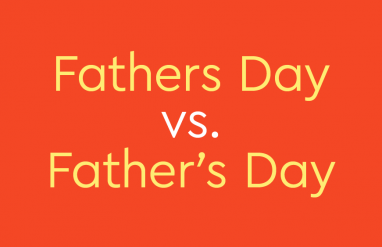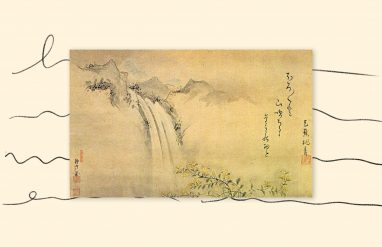If you’re lost when it comes to the words showed and shown, don’t worry—we’ll show you the right way to use both!
In this article, we’ll show you how and when to use showed and shown, explain why show is considered an irregular verb, and provide examples of how both words are typically used in sentences.
⚡ Quick summary
Showed and shown are forms of the irregular verb show. Showed is the past tense form, as in I showed you that photo yesterday. Shown is the past participle form, which is used to form the present perfect (has shown) and past perfect (had shown) verb tenses and in passive voice constructions (as in Each person was shown three options). Sometimes, showed is also used as the past participle, as in I have learned from what you have showed me.
showed vs. shown
The words showed and shown are forms of the irregular verb show. Showed is the past tense form and shown is the past participle form.
For example:
- He showed me his collection.
- She had shown me the painting before it was stolen.
Sometimes, the word showed is also used as the past participle form. Shown is typically the more commonly used of the two, but both are considered standard.
For example:
- She had showed me the painting before it was stolen.
A verb is typically considered to be an irregular verb if its past tense and/or past participle is formed without using the standard -ed or -d endings used in regular verbs. This is the case with show: the past participle can be either shown or showed.
Because shown is typically used as the past participle, it is the form used when using show in the passive voice. When used this way, shown is accompanied by one of the forms of the helping verb be (is, was, are, etc.). The form of be that you use is determined by the subject and/or a modal verb.
For example:
- The secret recipe was shown to me by the head chef.
- Guests are shown around the mansion by the butler.
Get more detail on using passive vs. active voice here.
Verbs similar to show
Another irregular verb that follows the same pattern as show is sow. Just like show, the past tense of sow is sowed and the past participle can be either sowed or sown. There are several other irregular verbs ending in -ow whose past participle ends in -own as well. However, these verbs follow a different pattern: their past tense forms end in -ew rather than -ed.
| present tense | past tense | past participle |
| show | showed | shown or showed |
| sow | sowed | sown or sowed |
| blow | blew | blown |
| throw | threw | thrown |
| know | knew | known |
| grow | grew | grown |
Examples of showed and shown used in a sentence
These examples show how showed and shown are typically used in sentences.
- Our realtor showed us several nice homes.
- The manuscript is only shown at certain times.
- So far, he has shown no desire to follow in my footsteps.
- She showed me some jewelry, but I heard that she has only ever shown her most valuable diamond to two other people.
- They have showed the world just how good they can be when they work together.
See how much you have learned with our quiz
Satisfied with what you’ve read about these past tense forms? If so, show off your skills by taking our quiz on these forms of the verb show. You may surprise yourself with what you’ve learned!














